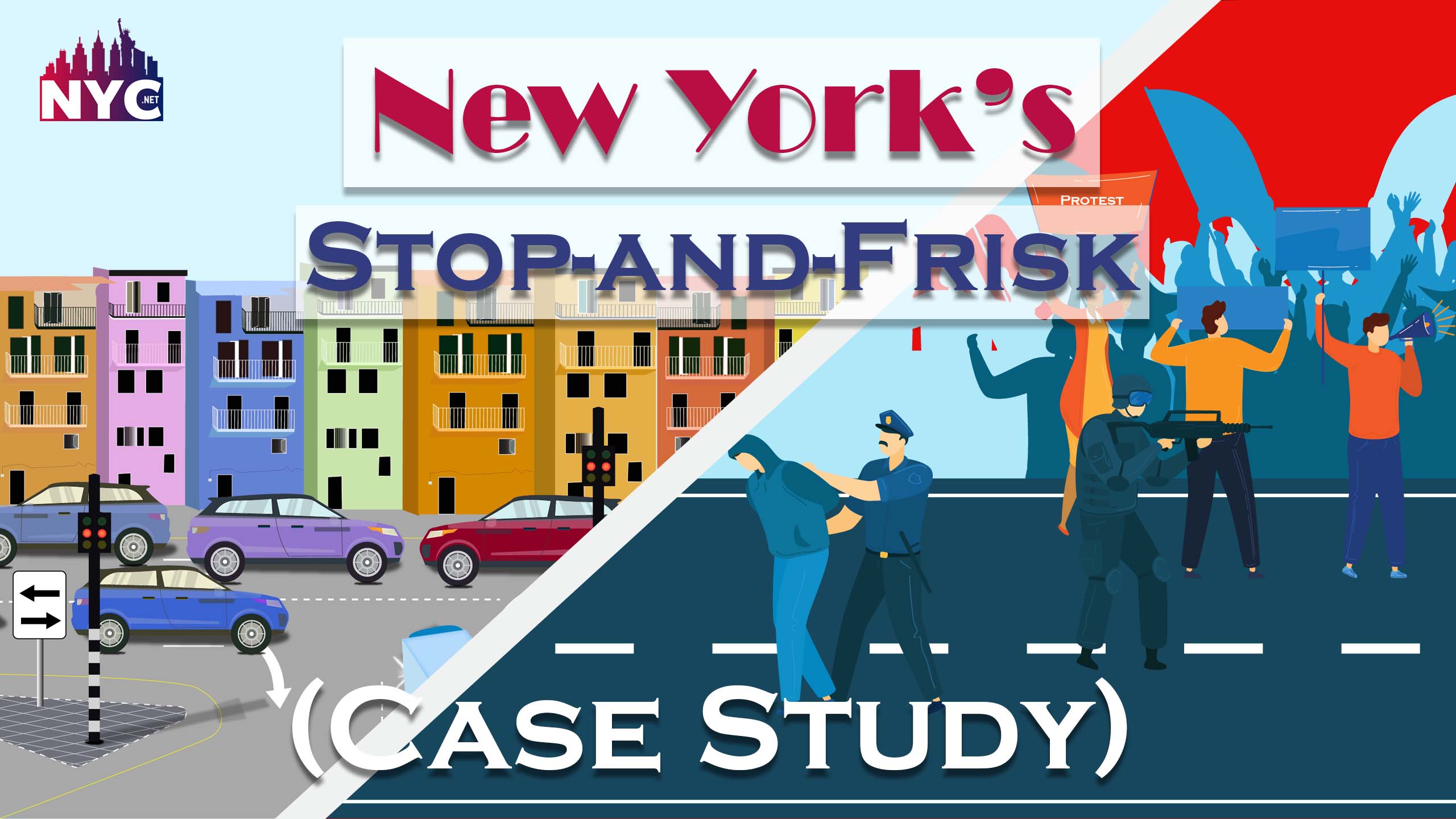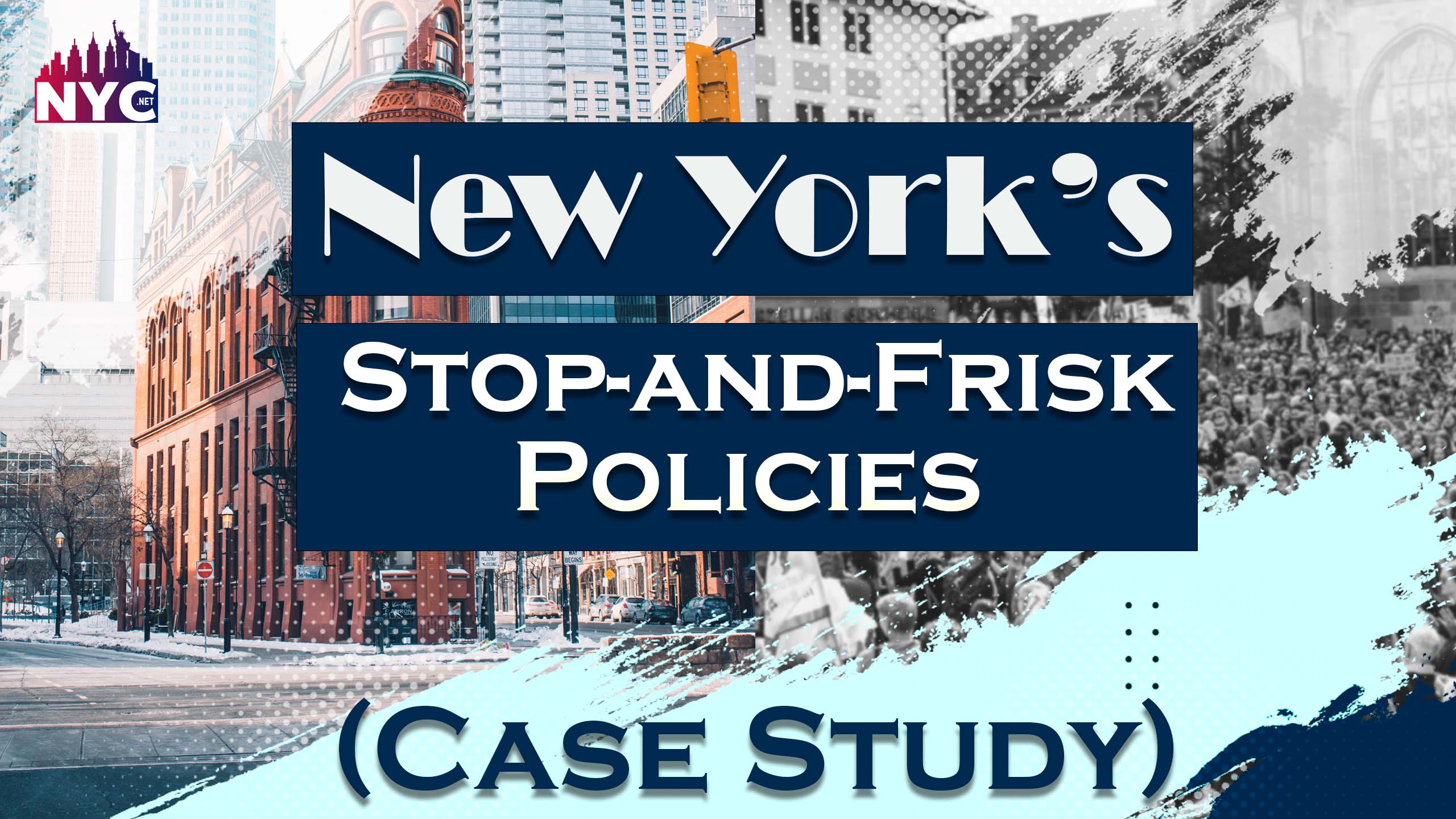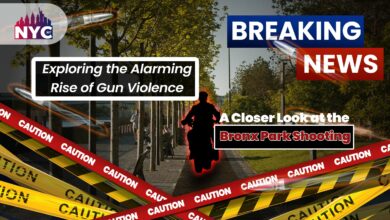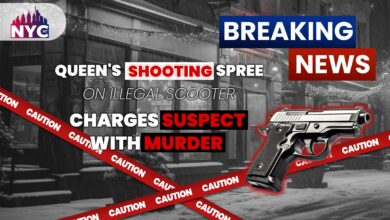How Stop-and-Frisk Policies Effects Floyd vs City of New York

Floyd vs City of New York
In 2013, New York City faced a big problem: its controversial stop-and-frisk policies. The law was aimed at reducing crime and violence in the city. Still, it gets significant outcry from civil rights activists who argued that the policy unfairly targeted minorities—Moreover, information about the Floyd vs city of new york.
This case study will examine New York’s stop-and-frisk policies, the debate surrounding them, and how the city ultimately decided to handle them. We’ll also explore what this means for other cities considering similar policies and their potential unintended consequences. Read on to learn more about this vital issue in urban policing.

History of stop-and-frisk in New York
The stop-and-frisk policy in New York City has been controversial for many years. The approach allows police officers to stop and search for people suspected of carrying illegal weapons. The problem with this policy is that it often leads to racial profiling and false arrests and searches. Moreover, floyd vs city of new york provides the information.
In 2011, the New York Civil Liberties Union (NYCLU) released a report that showed that nearly 90% of people stopped and frisked by the NYPD were black or Latino. The report also showed that most arrested were innocent of any crime.
This led to a class action lawsuit against the NYPD, which resulted in a federal judge ordering reforms to the stop-and-frisk policy. However, even with these reforms, the procedure remains controversial, and many believe police officers are still misusing it.
Pros and cons of stop-and-frisk
There are pros and cons to the stop-and-frisk policies that have been put in place in New York City. Some people feel these policies are necessary to keep the city safe, while others think they violate civil liberties. They also believe floyd vs city of new york provides some perks and benefits.
PROS:
- Stop-and-frisk policies can help to deter crime.
- They can also help make communities safer by taking firearms and other weapons off the streets.
- These policies can also lead to arresting people carrying illegal drugs or other contraband.
CONS:
- Some people feel that stop-and-frisk policies are a form of racial profiling.
- Others believe that these policies violate an individual’s right to privacy and amount to nothing more than harassment by the police.
- There is also concern that stop-and-frisk policies could lead to more violence as stopped people may become agitated or violent themselves.
However, many floyd vs city of new york get disadvantages.
Criticisms of stop-and-frisk
There have been several criticisms of stop-and-frisk policies, including the:
- Several studies have found that stop-and-frisk policies are ineffective at reducing crime and may lead to increased crime.
- Stop-and-frisk policies disproportionately target minorities, leading to racial profiling accusations.
- Many see the stop-and-frisk policy as invasive, allowing police to stop and search for people without probable cause. This can lead to people being detained for no reason, which has been criticised as violating civil liberties. The floyd vs city of new york gets criticism.
The impact of stop-and-frisk on crime rates
There can be no doubt that New York City’s stop-and-frisk policies have significantly impacted crime rates in the city. In the years since introducing these policies, there has been a dramatic decrease in the overall crime rate in New York City. Violent crime, in particular, has declined significantly.
Several factors have contributed to this decrease in crime. The stop-and-frisk policies are certainly one of them. By taking more aggressive action against potential criminals, the NYPD has made it less likely that crimes get committed in the first place. Additionally, the increased presence of police on the streets has also served as a deterrent to potential criminals.
Of course, it is impossible to say definitively that the stop-and-frisk policies are solely responsible for the decrease in crime rates. Many other factors are at play, including demographic changes and economic conditions. However, there is no doubt that these policies have played a role in making New York City a safer place to live. More information on the floyd vs city of new york provides help.
The 2012 case against stop-and-frisk
- In 2012, the New York Civil Liberties Union (NYCLU) released a report detailing the NYPD’s stop-and-frisk practices. The information shows that between 2004 and 2011, there were 4.4 million stops made by the NYPD. But primarily black and Latino men. Of those stopped, only 6% get arrested or given summonses. It also depends on the Floyd vs city of new york.
- The NYCLU argued that stop-and-frisk violated the Fourth Amendment, which protects against unreasonable searches and seizures. They confirm the practice is racially biased, as black and Latino men are disproportionately targeted. In response to the NYCLU’s report, the NYPD defended stop-and-frisk, arguing it was an effective crime-prevention tool.
- In 2013, a federal judge ruled that the NYPD’s stop-and-frisk practices were unconstitutional. The judge ordered sweeping reforms to the department’s practices, including increased oversight and training on stop-and-frisk. In 2016, another federal judge ruled that the reforms had successfully curated illegal stops and made them more constitutional.
The impact of stop-and-frisk on the city of New York
- In 2011, the New York Police Department (NYPD) conducted 685,724 stop-and-frisk encounters. Eighty-seven per cent of those stopped were black or Latino. However, only nine per cent of those contained were white. Most stops (93%) did not result in an arrest or summons.
- The stop-and-frisk program has been controversial since its inception. Critics argue that it is a form of racial profiling and leads to the harassment of innocent people. They also say that stop-and-frisk does not make the city safer; instead, it creates an atmosphere of fear and mistrust between the police and the community.
- Supporters of stop-and-frisk say that it is an essential tool for keeping guns off the streets and has helped reduce crime in New York City. The argument is that primarily young men get involved in crime. Moreover, if we prevent them, stopping crimes in the first place can be helpful.
What do you think? Is stop-and-frisk an effective crime-prevention tool, or is it a form of racial profiling that unfairly targets innocent people?
Arguments For and Against Stop-and-Frisk Policies
- There are several arguments for and against stop-and-frisk policies. Supporters of stop-and-frisk argue that the policy is an effective way to deter crime and keep communities safe. They point out that crime rates in New York City have fallen sharply since the introduction of stop-and-frisk in 2001.
- Critics, however, argue that stop-and-frisk disproportionately targets minorities and is a form of racial profiling. They also say the policy is ineffective, as most people stopped are not found carrying weapons or engaging in criminal activity.
The Outcome of the Recent Court Case Regarding Stop-and-Frisk Policies in New York
In 2013, a federal district court found that the New York Police Department’s (NYPD) stop-and-frisk policies were unconstitutional. The court found that the NYPD’s policies disproportionately targeted African-American and Latino men and violated their Fourth Amendment rights. The court ordered the NYPD to reform its stop-and-frisk policies.
Since the court’s ruling, the NYPD has implemented several reforms, including:
- Limiting stops to situations where there is reasonable suspicion of criminal activity
- Prohibiting officers from stopping people based on race or ethnicity
- Requiring officers to document each stop
- Also, mandating stop data collection. Plus, it also contains data that gets analysed to ensure constitutional compliance.
The outcome of the recent court case regarding stop-and-frisk policies in New York has led to positive changes for those who were previously targeted by these unconstitutional practices. The court’s ruling forced the NYPD to reform its stop-and-frisk policies, making them more constitutional and fair.
What This Means for the Future of Stop-and-Frisk Policies in New York and Elsewhere
The recent ruling by a federal judge that the New York Police Department’s stop-and-frisk policies are unconstitutional is a significant blow to the NYPD and Mayor Bloomberg. The order could have far-reaching implications for stop-and-frisk policies in New York and nationwide.
For years, the NYPD has been using stop-and-frisk to combat crime, especially gun violence. But the policy has been controversial, with many claiming that it targets minorities and leads to racial profiling. The recent ruling could put an end to stop-and-frisk as we know it.
What does this mean for the future of stop-and-frisk? It’s hard to say at this point. The NYPD will likely appeal the ruling, so it could be some time before we see any changes. And even if the verdict stops, it’s still being determined what would replace stop-and-frisk as a tool for fighting crime. Maybe the Floyd vs city of new york gets helpful.
Still, the ruling is a significant setback for the NYPD and will undoubtedly have ripple effects nationwide. This could be the beginning of the end for stop-and-frisk policies nationwide.
Conclusion
A case study of New York City’s stop-and-frisk policies has revealed several complexities and issues that need to know if the practice is to remain in place. On the one hand, it can act as an effective law enforcement tool. However, its abusive and discriminatory implications get proven time and time again.
Work must be performed together to ensure that any such policy gets used responsibly, with solid oversight mechanisms to regulate its use. Only then can we ensure everyone’s civil liberties get respected? That’s how we can protect preserving public safety. That’s the case in the Floyd vs city of new york



